A Crispy Sisig Party Tray is a delectable Filipino dish featuring sizzling chopped pork cheeks, ears, and liver seasoned with tangy calamansi juice, onions, and chili peppers. Served on a sizzling platter, it’s crispy, savory, and packed with flavor, making it an irresistible centerpiece for any celebration or gathering.
Pork Crispy Sisig
$64.00 – $94.00
A Crispy Sisig Party Tray is a delectable Filipino dish featuring sizzling chopped pork cheeks, ears, and liver seasoned with tangy calamansi juice, onions, and chili peppers. Served on a sizzling platter, it’s crispy, savory, and packed with flavor, making it an irresistible centerpiece for any celebration or gathering.
Description
Additional information
| Size |
Full Tray, Half Tray |
|---|
Reviews (0)
Be the first to review “Pork Crispy Sisig” Cancel reply
Shipping & Delivery
Related products
Inihaw Pork Liempo
$64.00 – $94.00
Inihaw pork liempo is a Filipino dish featuring marinated pork belly that's grilled or roasted until tender and charred on the outside. The pork belly is typically marinated in a mixture of soy sauce, calamansi juice (or lemon juice), garlic, pepper, and sometimes sugar or other seasonings. This dish is a popular choice for gatherings, parties, and family meals in the Philippines, known for its smoky aroma and savory taste.
Lechon Roll
$95.00 – $198.00
Cabizerra's Lechon roll is a variation of the traditional Filipino dish, lechon, which is a whole roasted pig. In lechon roll, instead of roasting a whole pig, the meat is rolled and roasted with a filling, resulting in a flavorful and visually appealing dish. This is served with Sarsa and Atsara.
To make lechon roll, a boneless cut of pork belly or pork loin is typically used. The meat is marinated in a mixture of herbs, spices, and seasonings, which may include garlic, onions, lemongrass, soy sauce, and vinegar, among others. Sometimes, the meat is also rubbed with a paste made from ground herbs and spices for extra flavor.
Lumpia Shanghai
$45.00 – $85.00
Lumpia Shanghai is a popular Filipino dish consisting of small, thin spring rolls filled with a mixture of ground meat, typically pork, and vegetables. It's a beloved appetizer or snack often served at parties, gatherings, and celebrations.
Lumpia Shanghai is loved for its crispy texture, savory filling, and delightful combination of flavors. It's a versatile dish that can be enjoyed as an appetizer, snack, or even as part of a meal alongside rice and other Filipino dishes.
Pancit Bihon Guisado
$55.00 – $65.00
Bihon guisado is a classic Filipino dish made with bihon noodles, also known as rice vermicelli, stir-fried with a variety of meats, vegetables, and seasonings. It's a flavorful and satisfying noodle dish that's commonly served as a main course or as part of a meal in the Philippines.
Bihon guisado is often garnished with sliced green onions and calamansi or lemon wedges for an extra burst of citrus flavor. It's a versatile dish that can be customized with different ingredients according to taste, and it's loved by many for its delicious combination of flavors and textures.
Pinoy Spaghetti
$60.00 – $70.00
Pinoy spaghetti is a Filipino version of spaghetti that has its own unique sweet and savory flavor profile. It's a popular dish in the Philippines, often served at parties, gatherings, and family meals. Pinoy spaghetti is usually sweeter than the Italian or Western-style spaghetti due to the addition of sugar or condensed milk. It's often served over cooked spaghetti noodles and topped with grated cheese, which adds a creamy and salty contrast to the sweetness of the sauce.
Pinoy spaghetti is enjoyed by people of all ages in the Philippines, and it's often considered a comfort food that evokes feelings of nostalgia and home. It's a delicious and comforting dish that reflects the Filipino palate's love for sweet and savory flavors.
Pork Dinuguan
$64.00 – $94.00
Dinuguan is a classic Filipino dish known for its rich and savory flavor. It is often referred to as "chocolate meat" due to its dark color, although it doesn't contain chocolate. The main ingredient of dinuguan is pork, typically pork belly or shoulder, although other parts such as intestines or liver may also be used.
Special Leche Flan
$8.50
Leche flan is a delicious and creamy caramel custard dessert that is popular in many Spanish-speaking countries and the Philippines. It's made with simple ingredients like eggs, condensed milk, and sugar. The custard is traditionally steamed in a mold until it sets, creating a smooth and velvety texture. After it cools, the leche flan is inverted onto a plate, revealing a beautiful layer of golden caramel sauce on top. It's a sweet treat often enjoyed on special occasions and holidays, and it's beloved for its rich flavor and silky consistency.
Special Pandesal
$8.00
Pandesal is a traditional Filipino bread roll that is a staple in many households and bakeries throughout the Philippines. It is a small, soft, and slightly sweet bread roll that is typically enjoyed for breakfast or as a snack, often paired with coffee or hot chocolate.
The name "pandesal" comes from the Spanish words "pan de sal," which translates to "bread of salt." However, despite its name, pandesal is not actually salty; it's more commonly slightly sweet, with a mild flavor.
Freshly baked pandesal is best enjoyed while still warm from the oven, with its soft and fluffy texture and slightly crusty exterior. It's often eaten plain or with a spread of butter or margarine, and sometimes paired with cheese, jam, or other fillings for added flavor.
Pandesal holds a special place in Filipino culture and cuisine, and it's a beloved comfort food that brings back fond memories of home for many Filipinos.
1 Dozen (12pcs)



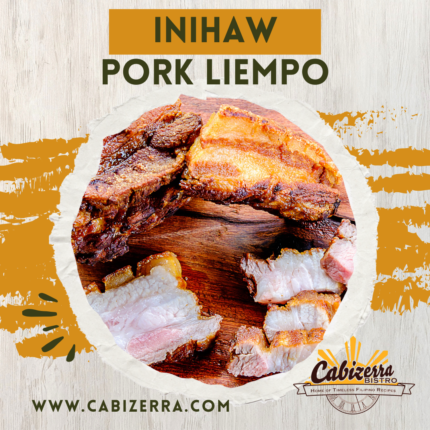
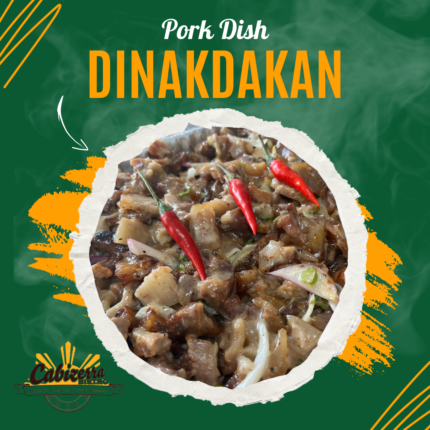
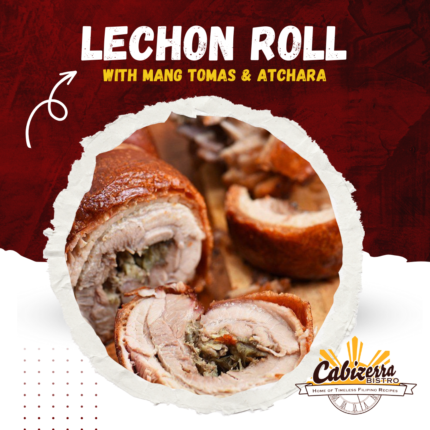
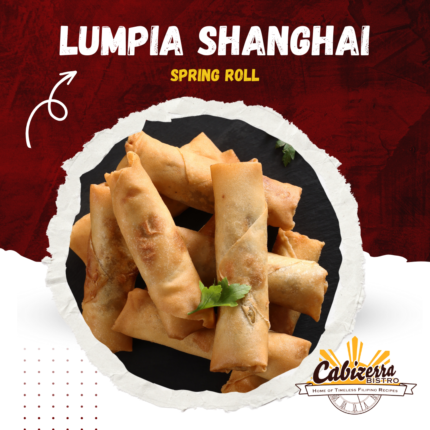
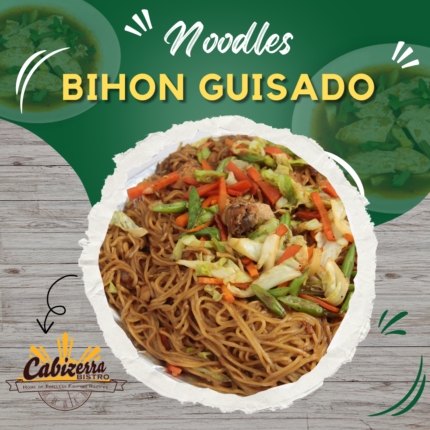

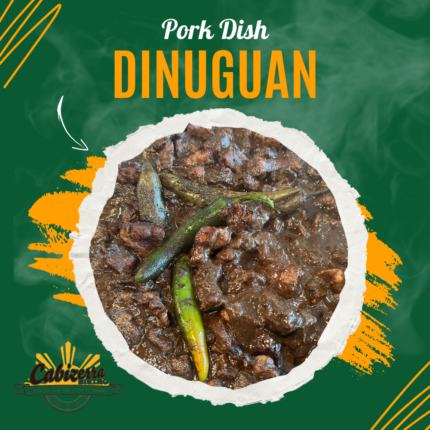
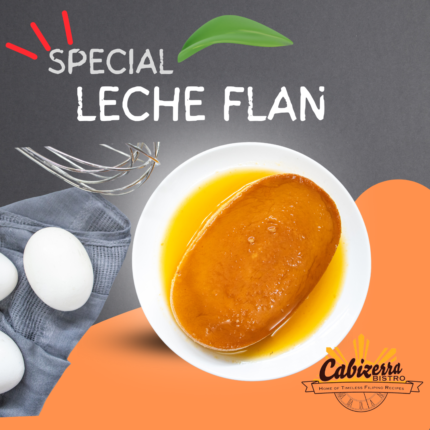
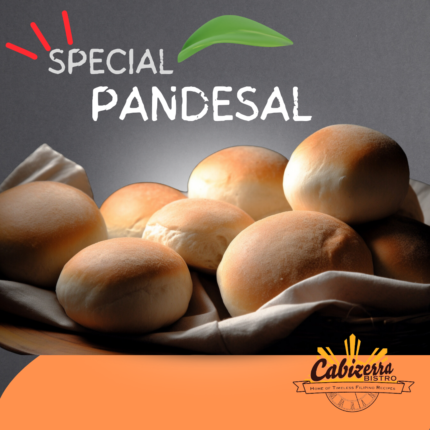
Reviews
There are no reviews yet.